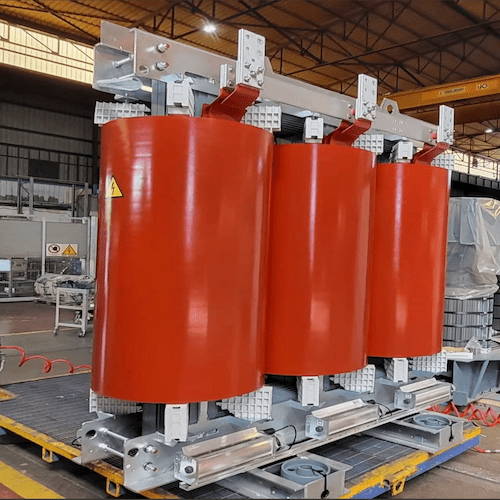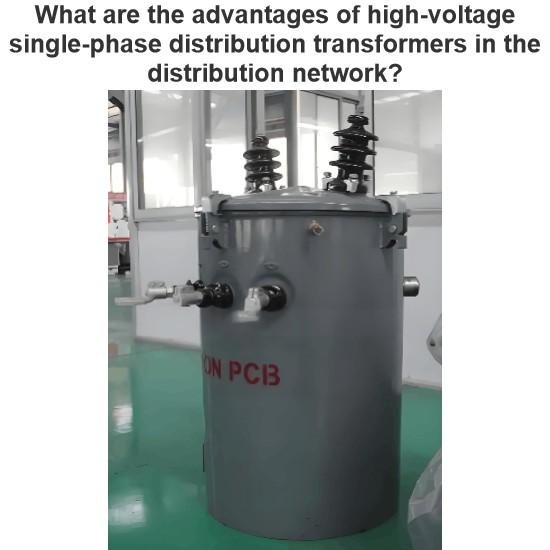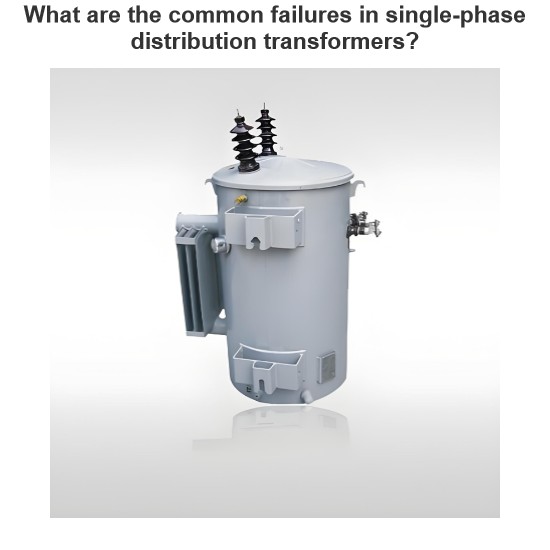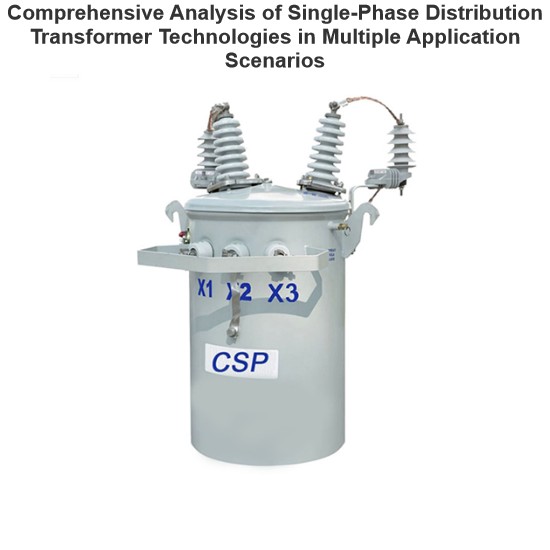Electric Poles

For carrying of overhead line, wooden poles, concrete poles, steel poles and rail poles are used. Which poles are to be used, depending on the importance of load, location, and place, cost effect of such construction, including maintenance cost, and keeping its profit element in mind. In low voltage line for all phases, natural and earth we use single pole line. There are different types of poles used in the electrical system. These poles are
Wooden Electric Pole
Concrete Electric Pole
Steel Tubular Electric Pole
Rail Electric Pole
Wooden Electric Pole
In earlier period wooden poles were used for 400 volts and 230 volts L.T. line and 11 K.V. H.T. line in a massive way. In some occasion for 33 KV line, we used wooden poles . The cost-effectiveness of a wooden pole is much less in comparison to other electric pole and the expenditure incurred for its foundation is also comparatively very less. If proper maintenance and treatment are done on the wood, the wooden pole last for a long period.

For these all reason, in earlier days wooden poles were hugely used. Shaal wood was commonly brought in use for electrical pole. Because for wooden electric pole, the best quality of the wood is ‘shaal.’ The average weight of ‘shaal’ wood is 815 kg per cubic meter Apart from Shaal, Masua, Tik, Chir, Debdaru woods are also used for the purpose as per their availability. At present, to save and protect forests, to maintain ecological balance, the use of wooden pole is almost stopped. The wooden poles are divided into three classes as per their capacity to bear the load of electric conductors.
The breakdown force is above 850 Kg/cm2. Examples are Shaal, Masua wood, etc.
The breakdown force is between 630 Kg/cm2 and 850 Kg/cm2. Examples are Tik, Seishun, Garjan wood, etc.
The breakdown force is between 450 Kg/cm2 and 630 Kg/cm2. Examples are Chir, Debdaru, Arjun wood etc.
The wood used for electric pole must be free from defects. Straight wood is much preferable for the purpose. Since we can hardly get fully straight wood of such length without defect, so a bit curved wood is also acceptable. If required, two short length poles can be joint together to use.
Treatment of Wooden Pole
The seasoning of the wood is to be done first. Which means, drying the wood properly. The mushroom can damage the wood and termites can do the maximum damage to the wood. Due to heat and moisture, the wood gets damaged. These types of damage mostly happen in the portion of pole below or nearby the ground level. To protect from moisture and termite proper chemical treatment is done in the wood. To do proper maintenance, Tar mixed with Creojet Oil or Copper Crom Arsenic are used. The next treatment is called Askew treatment. In this process, the poles are kept inside a cylindrical air sealed tank. In the tank, poles are immersed in Copper Crom Arsenic chemical. 100 kg per square meter pressure is created inside the tank at least for one hour. Due to such high pressure, the chemical goes inside the pores of the wood. Hence, the moistures and termites cannot attack the wood for a long time.
If due to any reason the wood is not properly treated, then before erecting the pole two coats of Creojet oil is to be applied to the entire surface of the pole. Bituminous Creojet Oil, is to be used on the portion of the soil as well as up to 50 cm or 20 inches above the soil. If it is not possible, at least tar must be applied on such surface of the pole. If any of the treatments are not feasible, at least you burn the bottom outer surface of the pole up-to two meters to prevent the pole from termite and moisture.
The top of the pole should be cut into a sharp cone shape so that water cannot stay on the top of the pole. Then we cut proper grooves as per required in the upper portion of the pole to fit cross arms tightly. We also drill holes on the pole for the same purpose. The diameter of the drilled hole varies from 17 mm to 20 mm. To fit, D-shaped iron clamp, grooves are not necessary, drilled hole in the required distance is sufficient. The distance between the top hole and top tip of the pole should be at least 200 mm or 8 inches. All such hole or grooves should be created before the treatment. One should avoid doing such holes and grooves on the pole, once the pole is treated. If we make holes or grooves after the treatment, we must apply creosote oil or bitumen on those holes and grooves.
Concrete Electric Pole
There are two types of concrete poles:
R.C.C. Poles
P.C.C. Poles
At present P.C.C. poles are used in 11 KV and 400/230 volt system to a large scale, apart from this, we also use PCC poles in 33KV H.T. Line. This type of poles is costlier than a wooden pole but cheaper than a steel pole. This kind of poles has a longer life, and the maintenance cost is negligible. The strength of the PCC Pole is much more than that of a wooden pole but less than that of a steel pole. The only disadvantages of this pole are, it is very weighty and breakable.

The concrete electric pole is made of cement concrete. To increase the strength, we use iron bars or rods reinforcement in the concrete. For earthing purpose, we place a copper strip of size 25mm × 3mm inside the pole during concreting, or we keep a hollow channel in the pole for inserting the earthing wire. To fix different fittings on the pole as required we keep 20 mm diameter holes on the pole during concreting.
The cross-section of the pole always bigger in the bottom than that in the top. The cross section of the PCC pole is rectangular, not square.
As per lateral load capacity and height of the pole, the concrete poles are divided in to 11 classes
Classification of Pole |
Height in Mtr. |
Excavation of FootingDeftness in Mtr. |
Maximum LateralLoad in Kg.2 |
1 |
16.5 – 17 |
2.40 |
3000 |
2 |
16.5 – 17 |
2.40 |
2300 |
3 |
16.5 – 17 |
2.40 |
1800 |
4 |
16.5 – 17 |
2.40 |
1400 |
5 |
14.5 – 16 |
2.30 |
1100 |
6 |
11.5 – 12 |
2.00 |
1000 |
7 |
11.5 – 12 |
2.00 |
800 |
8 |
11.5 – 12 |
2.00 |
700 |
9 |
9.5 – 11 |
1.80 |
450 |
10 |
8 – 9.0 |
1.50 |
300 |
11 |
6 – 7.5 |
1.20 |
200 |
Note: the excavation of footing also depends on the quality of soil, it differs from depending on the location.
Steel Tubular Electric Pole
The load bearing capacity is much more in steel tubular pole in comparison to that of wooden pole and concrete pole. If proper maintenance is done, these poles last for longer period. But due to excessive cost, day by day the use of this pole is gradually decreasing. These poles are used for 400/230 volt low and medium current system. We also use these poles in 11 KV H.T. line. In some cases for we use these poles in high voltage like 33 KV system.

Types of Tubular Poles
There are two types of tubular poles:
Stepped Pole
Swaged Pole
The 1st one is called ISTP and the 2nd one is called ISWP. Both the poles may be cast in one piece of tube or may be cast in the number of tubes and thereafter properly welded together. The Tubular pole should be straight, clean, rust free and defect free. These poles are of different sizes for bearing different load capacities. The gauge of steel pole for H.T. is more, in comparison to L.T. lines. The inside and outside of the pole are to be coated with bitumen up to the length, which is to be grouted under the soil. The remaining length of the pole has to be painted with red oxide. A 14 mm diameter hole is to be made at 300 mm above ground level for earthing purpose. Pole cap is provided in the top of the pole to avoid entrance of rainwater inside.


The safety factor of the pole 2.5 and the weight of steel 7.85 gram per square cm are taken.
Rail Electric Pole
The strength of rail pole is maximum, so the cost is also maximum. The weight is also more and due to such weight factor, the cost of transportation, loading, and unloading are more. For 400/230 volt line, this pole is not used. In 11 KV and 33 KV system, we use rail poles. Rail pole used in overhead line are of generally in four sizes.
30 kg per metre
37 kg per metre
45 kg per metre
52 kg per metre
We normally use 45 kg per meter rail pole in 11 KV and for 33 KV we use 45 kg per meter and 52 kg per meter rail poles. The length of the different size rail pole differs from 9 meters to 13 meters. Before using of rail pole, we use at least one coat red oxide on the rail pole. If we apply tar coat on the bottom part up to a certain height above the ground, the durability of the pole increases. The vertical load bearing capacity of the rail pole is more than horizontal load-bearing capacity.
Statement: Respect the original, good articles worth sharing, if there is infringement please contact delete.
Electrical4U is dedicated to the teaching and sharing of all things related to electrical and electronics engineering.














